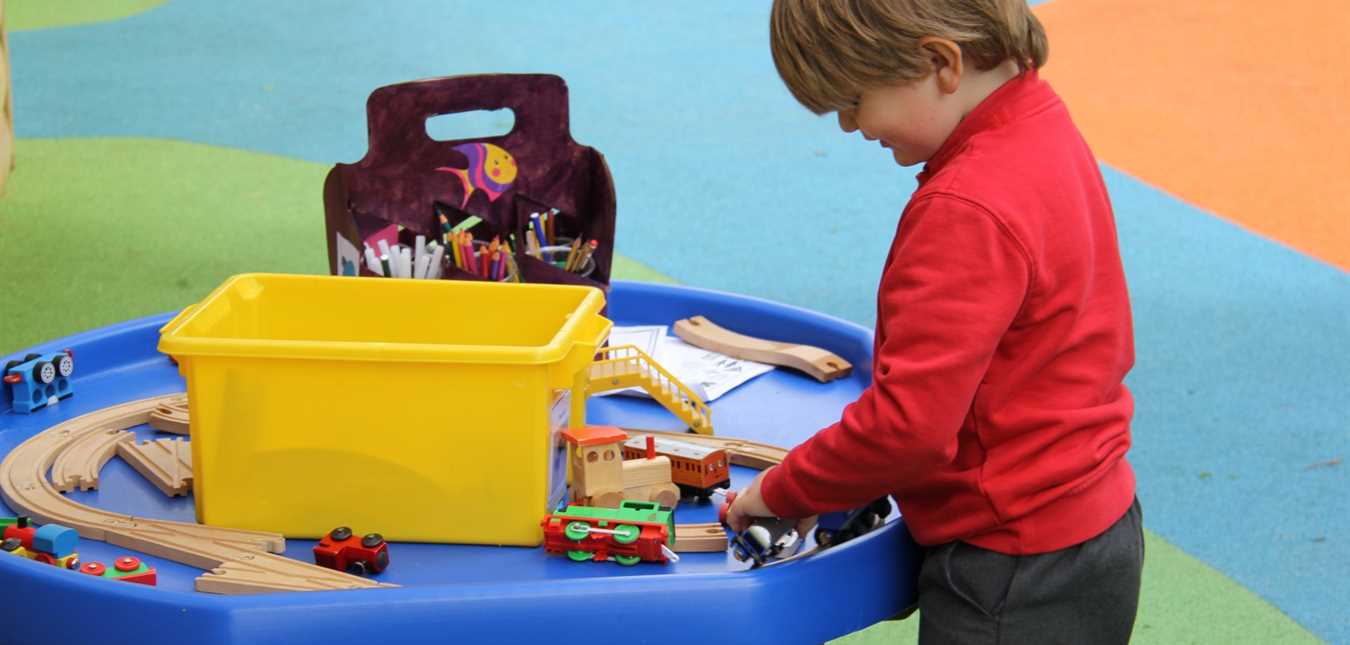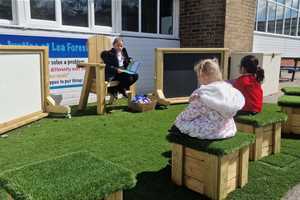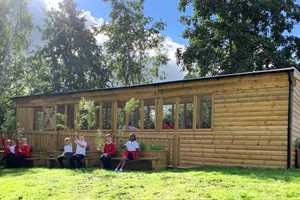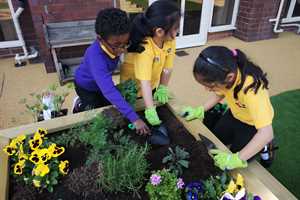
Outdoor Learning and Play
What is 'Loose Parts Play' and What are the Benefits?
The term ‘loose parts’ is becoming increasingly popular in the world of early childhood education.
The term and concept were first proposed in 1971 by architect Simon Nicholson who believed that children of all abilities can be creative and inventive when playing with loose parts.
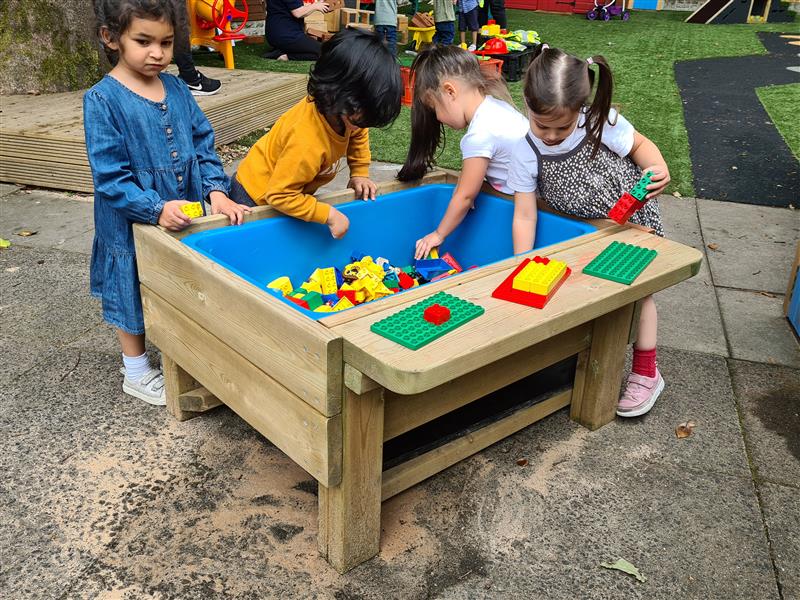
Nicholson stated that children can and need to be part of the design process of their space and this happens when they are given plenty of opportunities to use loose parts within their play.
When working with loose parts children may invent, construct, evaluate and modify their space. They can experiment, enjoy and find things out for themselves.
What are loose parts?
Nicholson describes loose parts as ‘variables’ and provided examples such as: “materials and shapes, smells and other physical phenomena, such as electricity, magnetism, and gravity; media such as gasses and fluids; sounds, music, motion, chemical interactions, cooking and fire; and other humans and animals, plants, words, concepts and ideas.”
A list of possible loose parts is endless as Nicholson’s theory illustrates. However loose parts provision tends to include:
· natural resources such as stones, shells, leaves and acorns
· building materials such as wooden planks, bricks and large sticks
· scrap materials such as old tyres, strips of guttering and old hoses
· naturally occurring and disappearing phenomena such as ice, snow, cobwebs and rainbows.
· people and living things
· random found objects
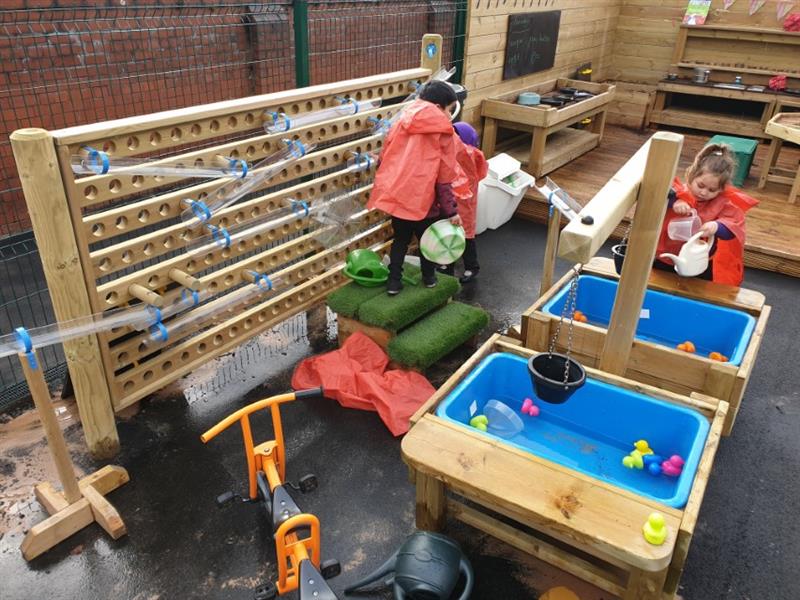
Loose parts are usually a selection of moveable items that inspire children to pick them up, re-arrange them and create new and exciting experiences.
Loose parts require the hand and mind to work together allowing children to learn whilst having fun.
Nicholson suggested that in any environment the degree of inventiveness is directly linked to the number of variables.
Children can enjoy playing on a beach for hours as there are many varied loose parts to choose from.
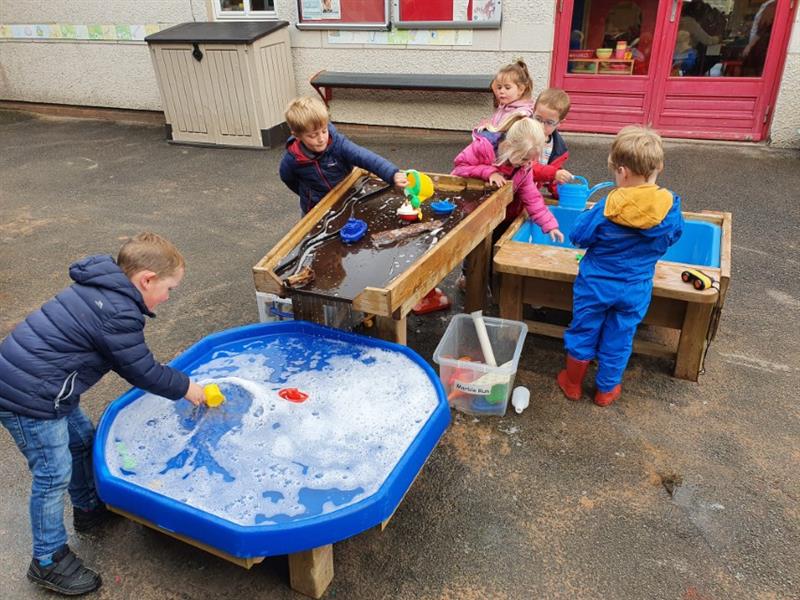
One of the reasons why children enjoy playing with loose parts is that they aren’t prescriptive and possibilities are limitless.
Pinecones can become the children’s rate of currency, the food they cook, the pirate’s treasure or objects to pile, group, count and toss.
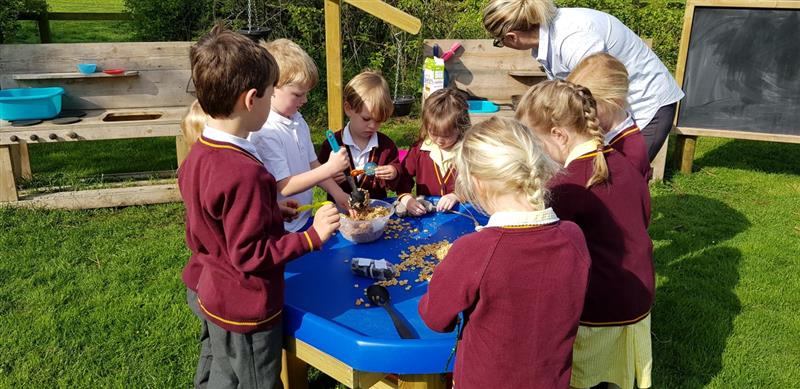
Natural environments provide boundless loose parts with more play possibilities than the school playground.
However, with careful consideration and planning we can enrich our environments by the regular addition of loose parts.
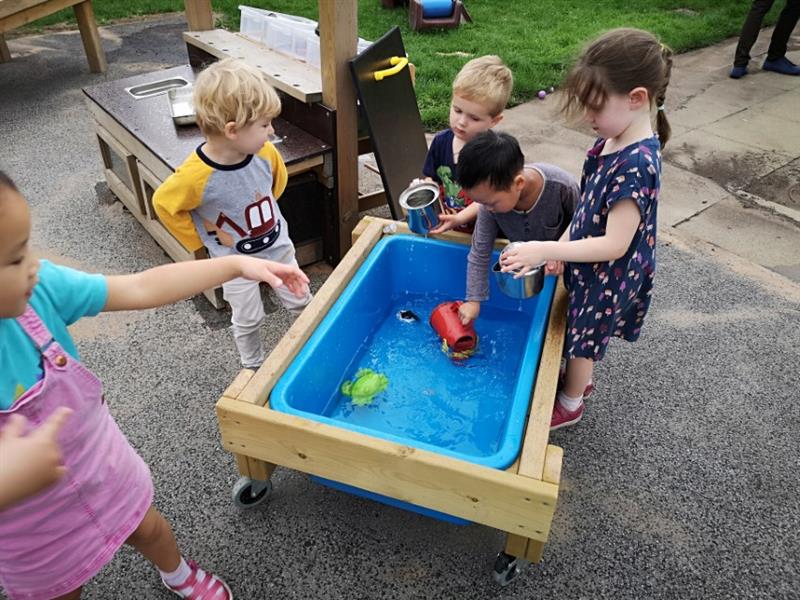
Affordance Theory
Different children play in unique ways with loose parts. Rather than focussing on the area or an objects adult-intended purpose they may view an object in terms of its ‘affordances.’
American psychologist James J. Gibson, suggested items have values and meanings unique to the person perceiving them. “An adult might understand a brick wall as a clear boundary between two areas.
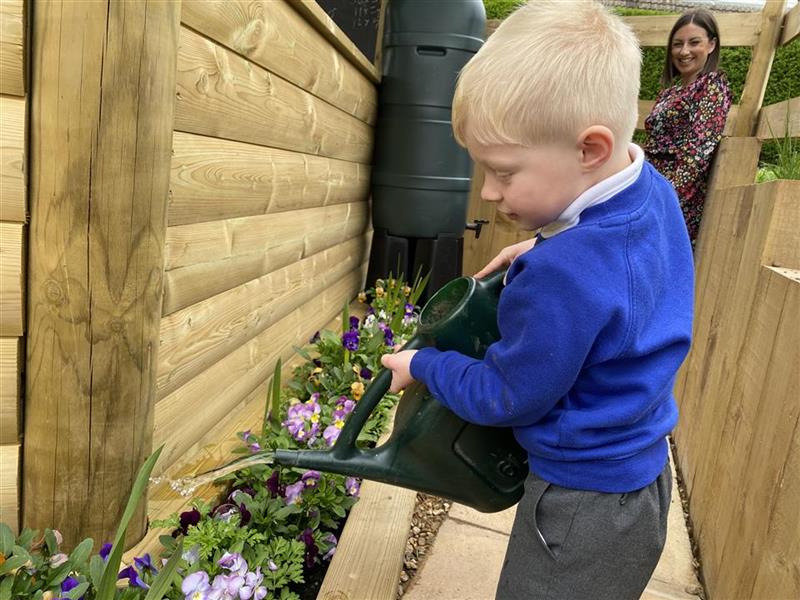
However, to a child, a brick wall can offer a place to walk, pile rocks, sit balance and jump.” (Gibson, 1979) Loose parts support children’s perceptions and affordances. Children are given complete control over the object which changes as each unique child designs and creates with them.
Children bring ‘life’ to the materials they use as they learn to discover in their own way.
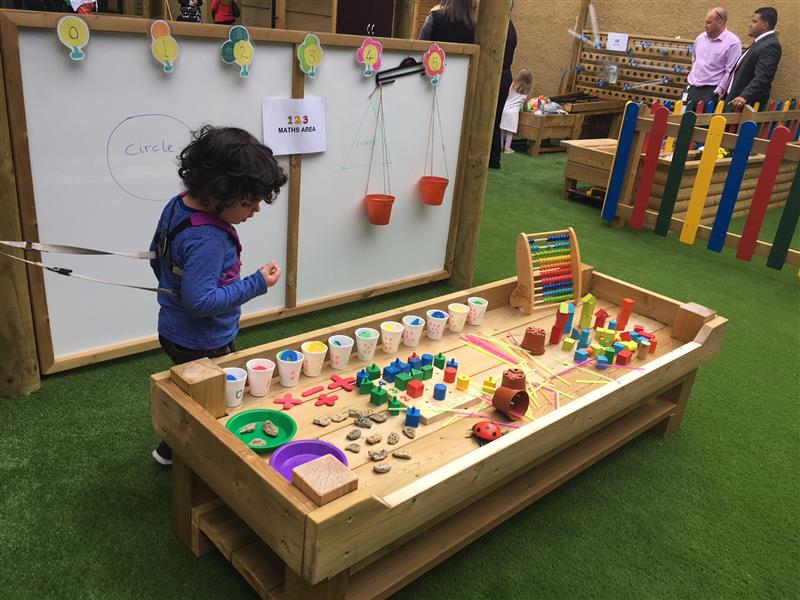
The ‘Junk Playground’
The junk playground model was created by the Danish architect Carl Theodor Sorenson, who believed playgrounds should reflect the imagination of the child not the architect.
In 1943, having observed the creative way children play in construction sites, he developed the prototype junk playground on the Emdrup housing estate in Copenhagen.
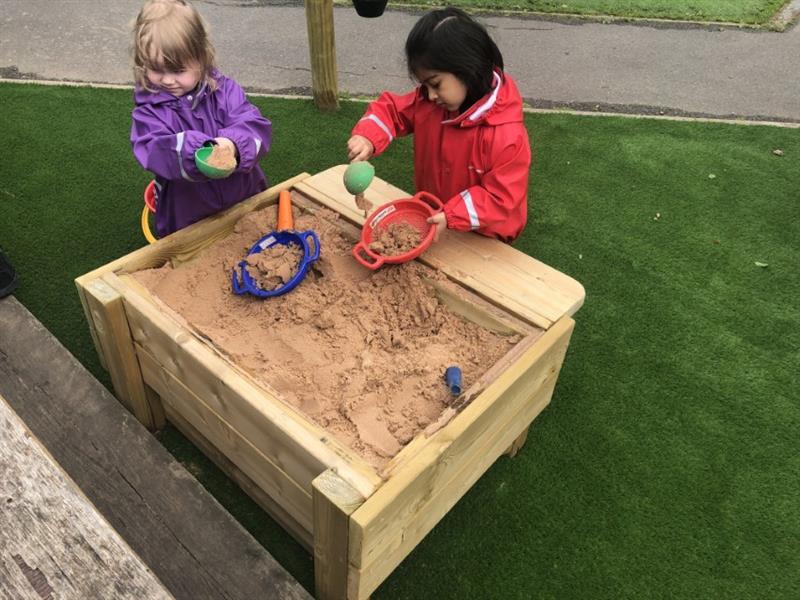
In the post war years children were often found in derelict and brownfield sites where the ‘junk’ provided endless play opportunities. Lady Allen of Hurtwood developed this idea and brought the first ‘adventure playgrounds’ to Britain.
The first adventure playgrounds believed in not restricting children to preforming the same actions in a specific way. Children were encouraged to take risks and to be actively involved in designing their own playgrounds by imagining structures, adapting them and adding extra elements.
Pentagon’s Get Set, Go! Blocks are perfect examples of how one resource has limitless opportunities for children. Blocks can be moved and repositioned in countless ways allowing children to devise their own courses, manage their own risks and set the scene for their own imaginary games.
More recently initiatives across the UK have demonstrated the play value of ‘scrap’ material in school playground environments. Materials such as cardboard tubes, old computers and keyboards, woodchip, wheels and different fabrics allow children to build different structures and develop an understanding of the properties of different materials. Imaginations can be ignited through role play, helping children to ‘act out’ situations in a safe and secure environment.
Pentagon’s Den Making Posts are open-ended parts that allow children to create their own structures and tunnels when combined with different materials.
The Benefits of Loose Parts Play
Hyndman, Benson, Ullah and Telford (2014) found that loose parts play enhances imaginative and creative play. Social skills improve as children work cooperatively with each other and there was an increase in physical activity.
I have observed children using loose parts to build structures in an outdoor setting which are then used for dramatic play. A group of children worked together to create an elaborate fort which was perfect for knights and princesses!
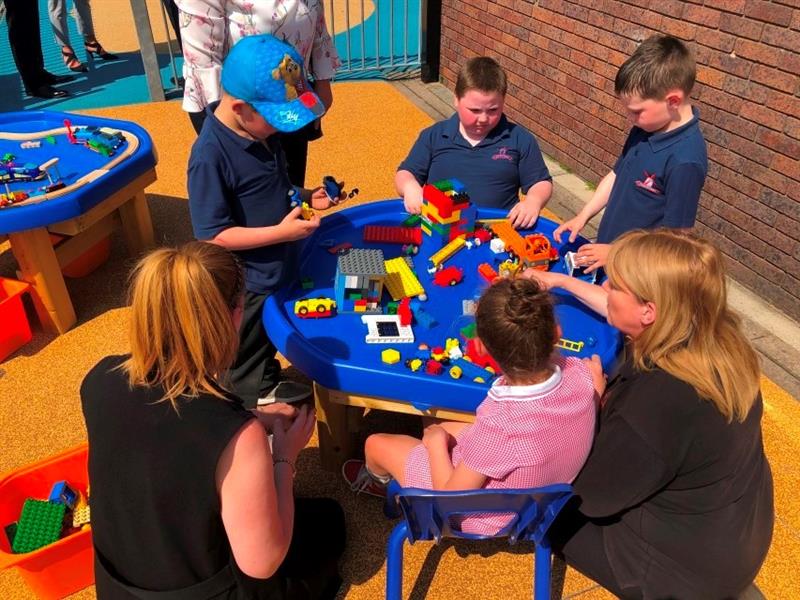
Throughout this process children had to communicate their ideas to each other, take risks by trying things out and learn to adapt when making changes. Pupils had to take turns, lead, cooperate, make decisions and problem solve in order to be successful.
The structures children create in loose parts play are not permanent but can be fluid in their evolution. The process of designing, problem solving, discussing, negotiating and building is often more valuable than the finished product.

The quality of outdoor play experiences can be increased when intriguing loose parts that develop children’s curiosity are added.
The outdoor environment is a fantastic space for allowing children to develop their language and communication skills. When outside there may be less background noise and pupils are free to experiment with the pitch and volume of their voices.
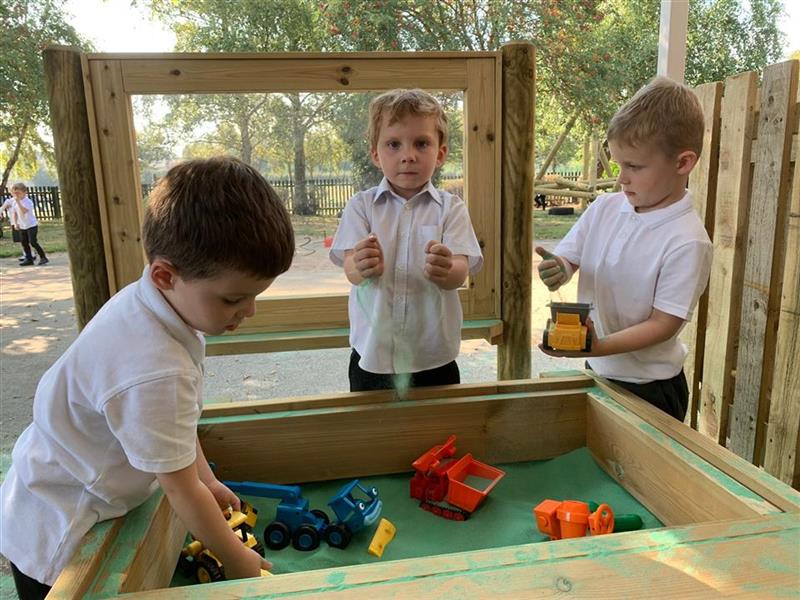
Play Themes
When children play outside in natural environments, patterns of play tend to emerge regardless of culture, gender or age. Jan White (2014) noticed similarities and themes which occur when pupils play with loose parts. Some interesting themes to consider are:
· Creating a Home
Children may make a place of shelter or security by building a den or a secret place. Pupils can create territorial boundaries by using blocks or boxes.
· Prospect
Pupils actively search out high spaces to look out and survey the landscape. Children like to stand at the top of the Tunnel Hill, scale and balance on the climber and peer through the bubble windows of the playhouse.
· Pathways and Journeying
Children enjoy exploring and mapping out an area. They may find short cuts, secret routes, tunnels and landmarks within the environment. Learners may use and make their own maps, trails can be made using natural materials, chalks or ropes.
· Anthropomorphism
Pupils feel and develop empathy for living things, including plants and animals of all types. Children can develop a personal connection to wildlife through direct experience and fantasy play. Children will enjoy finding and observing wildlife at bird feeding stations, bug hotels and planters. Props can be used to aid imaginative play and children can dress up as animals.
· Hunter-gatherer Pursuits
Pupils enjoy searching, finding and gathering loose parts. They may play traditional games such as ‘hide and seek’ and enjoy foraging and using simple bushcraft tools. Children should be given time to play and invent their own games. A variety of containers and bags allow pupils to collect materials and the use of real tools allows different objects to be created and taken apart.
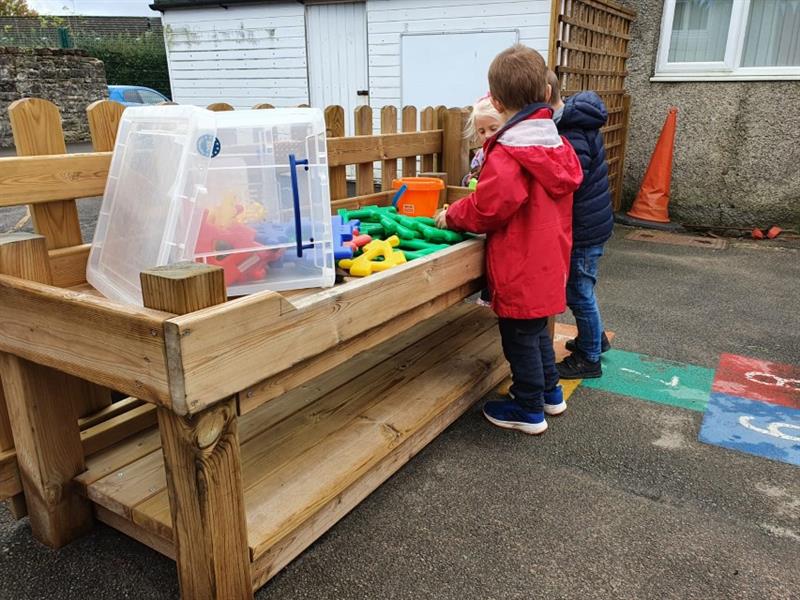
How to Get Started with Loose Parts?
Large loose parts such as logs, bricks, cardboard boxes and wooden planks can be kept on the ground and organised into piles each day. If they are placed in a central location, they form the foundation for building and creation.
A selection of large materials can be placed in an obvious location as they can be draped over tree branches and den posts. Smaller loose parts can be placed near larger loose parts in different containers and baskets. Children will be able to independently discover the smaller loose parts and take ownership of them.
Care needs to be taken not to offer too many loose parts at one time. Children may become overwhelmed and avoid using the parts altogether.
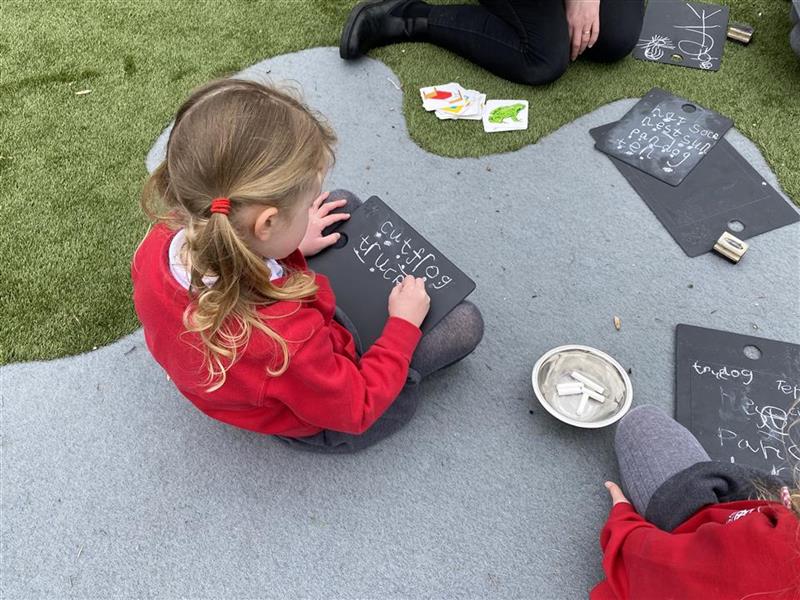
Large loose parts used for construction such as logs, bricks, crates, planks and tyres should always be available to pupils but smaller loose parts can be rotated depending on children’s preferences.
Pentagon’s range of Storage Solutions ensure that loose parts can be stored away neatly in the outdoor environment.
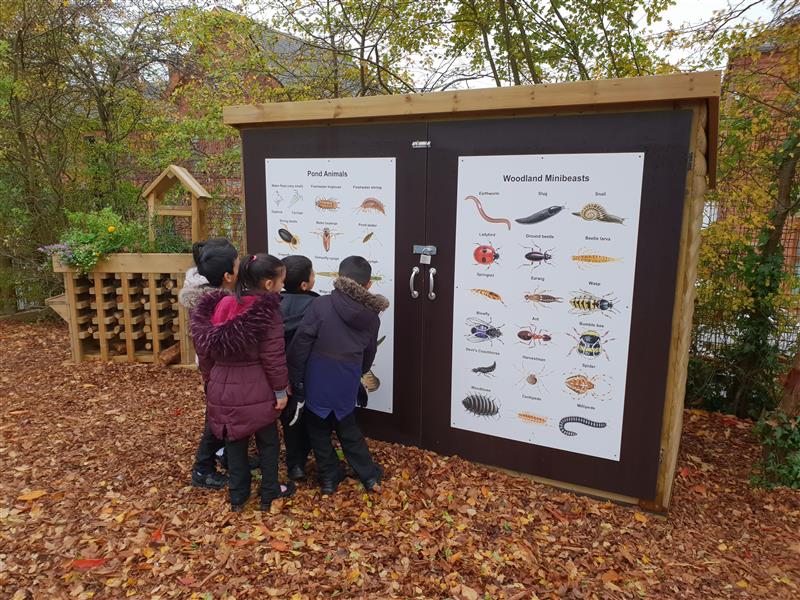
The Role of the Adult in Loose Parts Play
Practitioners can create an environment where children are able to take control and direct their own play. As adults we need to consciously step back and allow children to look for themselves when moving objects around and playing with resources.
.jpeg)
Adults should encourage children to devise their own ways to solve problems before offering to work together. Questions such as ‘What have you tired already’ ‘What might happen if?’ can help children to solve problems for themselves. Close observation is required to determine how the children are learning and the relationships they are forming. Future decisions about types of resources, available space and groupings will be determined through observation.
Children’s play needs to stimulate their curious minds and spark their imagination.
When a setting contains a wide variety of loose parts that children can carry, combine, line up and take apart pupils are provided with endless ways to play.
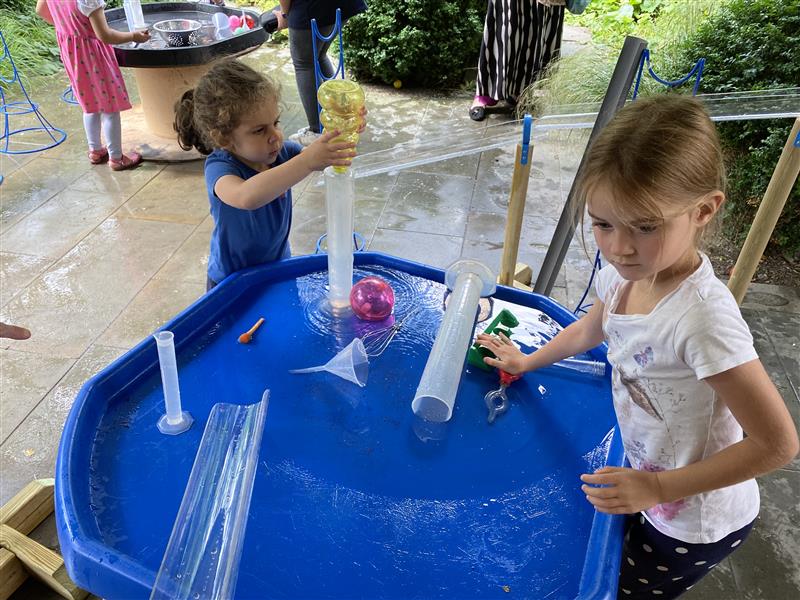
Loose parts promote social competence because they support creativity and innovation, which are skills young learners need as they progress into adulthood.
Let’s provide our classes with an environment that is rich in loose parts so that children can become more creative and flexible in their thinking whilst developing curiosity and a love of learning.



